Prevent Cooling System Accidents: Quick Maintenance & Responsive Damage Control

Regular maintenance with automotive experts is crucial for Mercedes Benzes and other high-performanc…….
In the intricate world of industrial infrastructure, few systems are as vital yet as often overlooked as cooling systems. These critical components play a pivotal role in maintaining optimal temperatures across various sectors, from manufacturing and data centers to power generation and transportation. However, accidents involving cooling systems can have catastrophic consequences, leading to substantial damage and wide-ranging impacts. This article delves into the depths of cooling system accident damage, exploring its causes, effects, global implications, and potential solutions. By understanding this complex issue, industries can enhance their resilience, mitigate risks, and ensure the safe operation of these essential systems.
Definition: Cooling system accident damage refers to the adverse effects caused by malfunctions, failures, or external events in cooling systems, leading to significant physical and operational disruptions. These incidents can result in substantial economic losses, environmental hazards, and safety concerns.
Core Components: Cooling systems are intricate networks comprising several key elements:
Cooling Towers/Heat Exchangers: These structures transfer heat from a liquid or gas, facilitating temperature reduction. Malfunctions can lead to media contamination, structural failures, or inefficient heat exchange.
Pumps and Fans: Responsible for circulating cooling fluids, these mechanical components are susceptible to bearing wear, motor failures, or electrical issues, causing reduced flow rates or system shutdowns.
Refrigerants: The chemicals used to absorb and transfer heat. Leaks or incorrect handling can result in environmental pollution and health hazards.
Control Systems: Advanced software and hardware monitor and regulate various parameters, ensuring optimal performance. System glitches or cyberattacks may disrupt this control, leading to malfunctional operations.
Historical Context: Cooling system accident damage is not a new phenomenon, but the scale and complexity of modern industrial operations have heightened its significance. Historical incidents, such as the 1975 Central Power Plant fire in New York, where a cooling tower failure led to a massive blaze, underscored the critical need for robust safety measures. Over time, advancements in technology, stringent regulations, and improved maintenance practices have reduced the frequency of such accidents.
Significance: Understanding and managing cooling system accident damage is crucial for several reasons:
Safety: Preventing accidents ensures the well-being of workers, nearby residents, and emergency responders, minimizing potential injuries or fatalities.
Environmental Protection: Effective containment and cleanup procedures prevent refrigerant leaks and chemical contamination, preserving ecosystems and air quality.
Operational Continuity: Industries heavily reliant on cooling systems can maintain production, avoid costly shutdowns, and ensure business resilience.
Legal Compliance: Many countries have stringent regulations mandating safety measures for cooling systems, non-compliance leading to legal repercussions.
Cooling system accident damage transcends geographical boundaries, impacting regions worldwide with varying intensity. Several factors influence its global trajectory:
| Region | Impact | Trending Issues |
|---|---|---|
| North America | High-density industrial areas experience frequent incidents due to aging infrastructure and stringent environmental regulations. | Increasing adoption of smart cooling technologies, focus on predictive maintenance. |
| Europe | Strict environmental policies drive the pursuit of eco-friendly cooling systems, reducing refrigerant leakage risks. | Growing emphasis on integration with renewable energy sources for cooling. |
| Asia-Pacific | Rapid industrialization leads to a surge in cooling system installations, exposing new challenges related to safety and maintenance. | Adoption of advanced monitoring systems and remote diagnostics to prevent accidents. |
| Middle East & Africa | Water scarcity drives the search for efficient cooling solutions, with a focus on desalination and wastewater recycling. | Limited access to advanced technologies and skilled labor poses challenges in maintaining existing systems. |
| Latin America | Decentralized energy generation and distribution create unique safety considerations for remote cooling installations. | Emergence of local standards and regulations tailored to regional conditions. |
The economic landscape surrounding cooling system accident damage is multifaceted, impacting various sectors:
Direct Costs: Accident repairs, replacement parts, labor, and temporary shutdowns contribute significantly to direct expenses. A study by the International Organization for Standardization (ISO) estimates that global cooling system failures cost industries over $50 billion annually.
Indirect Expenses: Business interruptions, loss of productivity, damage to reputation, and potential legal liabilities add to the financial burden.
Market Dynamics: The economic impact varies across industries:
Manufacturing: Cooling system failures can halt production lines, leading to significant revenue losses and supply chain disruptions.
Data Centers: Accidental shutdowns of cooling systems can result in millions of dollars’ worth of hardware damage and downtime, impacting cloud services and digital infrastructure.
Power Generation: Unplanned maintenance due to cooling system issues may force power plants to rely on alternative sources or purchase energy at higher costs.
Investment Patterns: Industries are investing heavily in:
Preventive Maintenance: Regular inspections, condition monitoring, and predictive analytics to anticipate failures.
Redundancy and Backup Systems: Implementing backup cooling units and emergency shutdown mechanisms for rapid recovery.
Technological Upgrades: Adopting smart cooling technologies, such as Internet of Things (IoT) sensors and artificial intelligence (AI)-driven predictive models.
The technological landscape in cooling system accident damage prevention is dynamic, with innovations that offer improved safety, efficiency, and resilience:
Smart Sensors: IoT-enabled sensors monitor temperature, pressure, and flow rates in real time, providing early warnings for potential issues. These sensors can detect anomalies and trigger automated responses to mitigate risks.
Predictive Analytics: AI algorithms analyze historical data and patterns to forecast equipment failures, allowing proactive maintenance and reducing unexpected downtime.
Advanced Materials: Researchers are developing durable materials with enhanced corrosion resistance and improved heat transfer capabilities for cooling components.
Digital Twin Technology: Creating digital replicas of physical cooling systems enables detailed simulation, testing, and optimization of design and performance.
Remote Monitoring and Diagnostics: Cloud-based platforms facilitate remote access to system data, enabling experts to diagnose issues from anywhere in the world.
Governing bodies worldwide have implemented policies and regulations to address cooling system accident damage, ensuring safety and environmental protection:
ISO Standards: The ISO publishes a series of standards (e.g., ISO 14040 for life cycle assessment) that guide the design, operation, and decommissioning of cooling systems, promoting sustainability and safety.
Environmental Regulations: Strict rules govern refrigerant emissions, disposal, and recycling to minimize environmental impact. For instance, the Montreal Protocol regulates ozone-depleting substances, while the EU’s F-Gas Regulation sets limits on hydrofluorocarbon (HFC) emissions.
Occupational Safety Standards: Organizations like OSHA (US) and HSE (UK) mandate safety practices for workers operating and maintaining cooling systems, including training, personal protective equipment, and emergency response protocols.
Industry-Specific Guidelines: Certain industries have developed unique regulations:
Nuclear Power Industry: Stricter safety measures due to the potential risks of radiation leaks from cooling system failures.
Aviation Sector: Stringent standards for aircraft cabin cooling systems to ensure passenger comfort and safety.
Food and Beverage Processing: Sanitary design requirements and HACCP (Hazard Analysis and Critical Control Points) plans to prevent contamination.
Despite significant advancements, cooling system accident damage prevention faces several challenges:
Complex Infrastructure: The intricate nature of modern cooling systems increases the difficulty of maintenance and troubleshooting, requiring specialized skills.
Rapid Technological Change: Keeping up with evolving technologies and ensuring their safe integration can be challenging, especially in legacy systems.
Budgetary Constraints: Industries, particularly smaller entities, may struggle to allocate sufficient funds for safety upgrades and training due to tight margins and competitive pressures.
Skills Gap: The demand for skilled technicians and engineers exceeds the available workforce, hindering effective maintenance and oversight.
Proposed Solutions: To address these issues:
Industry Collaboration: Sharing best practices, research findings, and technological advancements can enhance overall safety standards.
Government Incentives: Tax credits and grants for adopting safe technologies and training programs can encourage proactive measures.
Public-Private Partnerships: Collaborating with technology providers to develop industry-specific solutions and ensure their practicality.
Continuous Training: Implementing comprehensive training programs to upskill existing workers and attract new talent, ensuring a competent workforce.
Case Study 1: Smart Cooling in Data Centers
A major cloud service provider implemented an IoT-enabled smart cooling system in its data centers. The solution incorporated temperature sensors, automated fan control, and predictive analytics.
Results:
Lessons Learned: Investing in smart cooling technologies can significantly enhance energy efficiency, reduce operational risks, and lower maintenance expenses.
Case Study 2: Predictive Maintenance in Power Generation
A utility company utilized AI to analyze historical data from its cooling systems, enabling the prediction of equipment failures with remarkable accuracy.
Impact:
Takeaways: Predictive analytics can revolutionize cooling system maintenance, minimizing disruptions and optimizing asset utilization.
The future of cooling system accident damage prevention is promising, with several emerging trends shaping its trajectory:
Decarbonization: The transition to renewable energy sources for cooling will gain momentum, reducing the carbon footprint of industrial operations.
Digital Transformation: Increased adoption of digital technologies like AI, IoT, and cloud computing will enhance predictive capabilities, remote monitoring, and data-driven decision-making.
Microgrids and Decentralization: The rise of microgrids and decentralized energy systems will require innovative cooling solutions tailored to localized needs.
Sustainable Refrigerants: Research into eco-friendly refrigerants with reduced global warming potential will lead to more sustainable cooling practices.
Strategic Considerations for Industries:
Embrace digital transformation, integrating advanced analytics and remote monitoring to gain real-time insights into system performance.
Invest in training programs to build a skilled workforce capable of handling modern cooling technologies.
Foster collaboration between industry peers, research institutions, and technology providers to share knowledge and develop cutting-edge solutions.
Stay updated on regulatory changes, adapting practices to meet evolving safety and environmental standards.
Cooling system accident damage is a complex global issue that demands multifaceted attention. From technological innovations to stringent regulations, industries are navigating a dynamic landscape to ensure safe operations and minimize economic impacts. By understanding the core components, historical context, and emerging trends, stakeholders can anticipate challenges, implement robust safety measures, and embrace sustainable practices.
As the world continues to rely on efficient cooling systems for various applications, the need for proactive accident damage prevention will only grow. Through collaborative efforts, technological advancements, and strategic planning, industries can forge a safer and more resilient future, safeguarding people, environments, and economies worldwide.
Q: How often should cooling systems be inspected for potential accidents?
A: Regular inspections are crucial, typically recommended every 3-6 months, depending on system complexity and usage.
Q: What are the most common causes of cooling system failures?
A: Common causes include equipment wear, electrical faults, refrigerant leaks, and inadequate maintenance.
Q: Are there any global standards for cooling system safety that industries should follow?
A: Yes, ISO standards provide a comprehensive framework, with specific guidelines tailored to different sectors.
Q: How can industries reduce the financial impact of cooling system accidents?
A: Through proactive measures like preventive maintenance, redundancy, and advanced monitoring, companies can minimize downtime, repair costs, and potential legal liabilities.
Q: What role does technology play in preventing cooling system accidents?
A: Technologies such as IoT sensors, predictive analytics, and digital twins enable real-time monitoring, early detection of issues, and informed decision-making.

Regular maintenance with automotive experts is crucial for Mercedes Benzes and other high-performanc…….
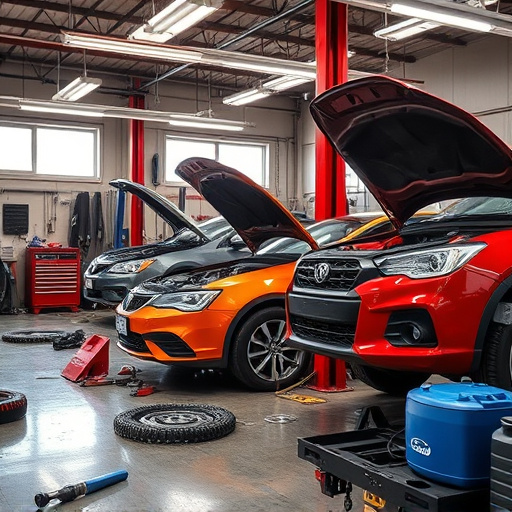
Cooling system accidents after vehicle collisions are common, causing issues like ruptured hoses or…….
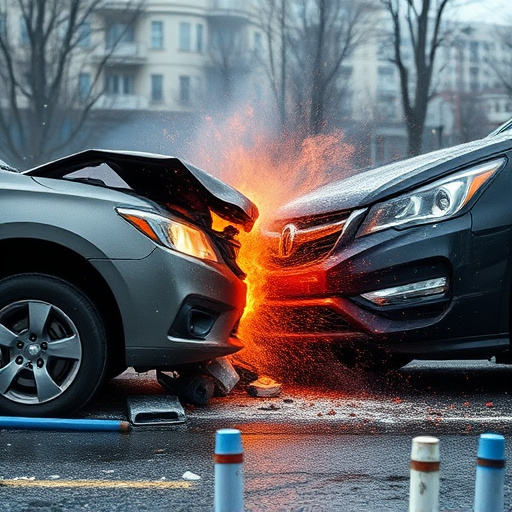
After a car accident, especially if it damaged the radiators, thoroughly evaluate the cooling system…….

Inspecting radiators and coolant levels for leaks, cracks, corrosion, or contamination is crucial to…….
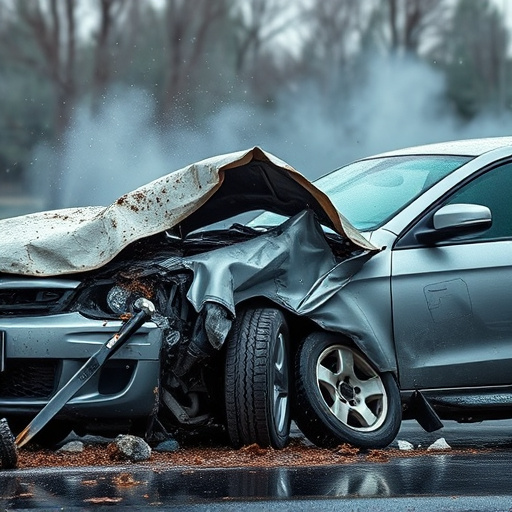
Cooling system accidents in vehicles, especially high-end models like Mercedes-Benz, cause significa…….
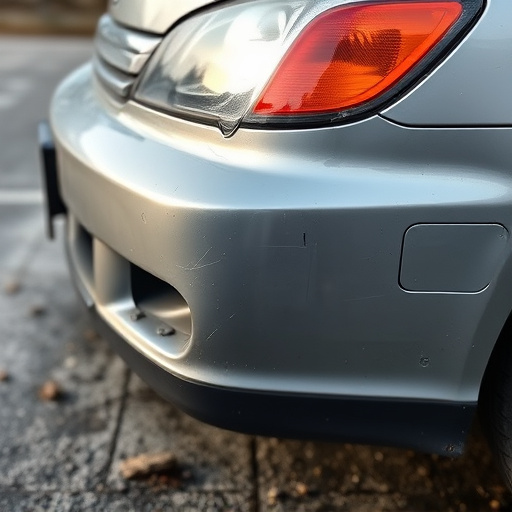
Auto insurance policies often cover critical cooling system components, protecting against unexpecte…….
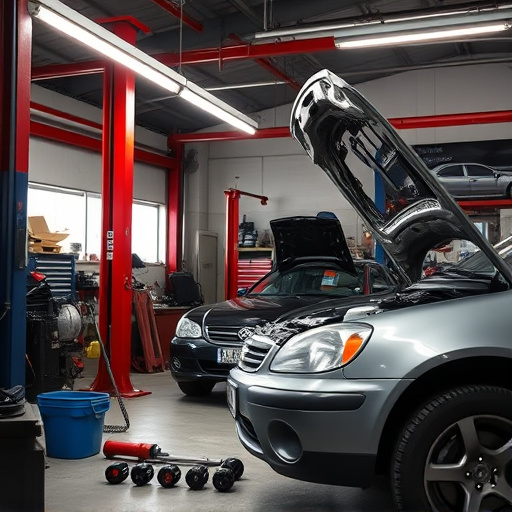
Visually inspect for damage like cracks, leaks, and dents affecting structural integrity and tempera…….
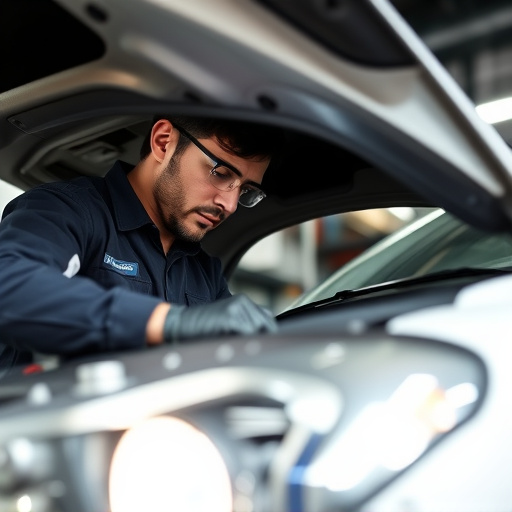
Cooling system accident damage may initially go unnoticed but is critical for vehicle safety and eff…….

Engine overheating, caused by cooling system malfunctions, neglected maintenance, and external facto…….